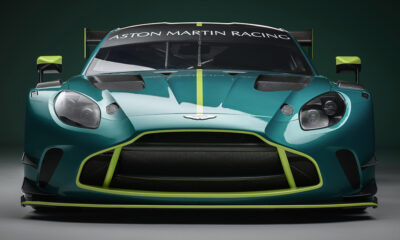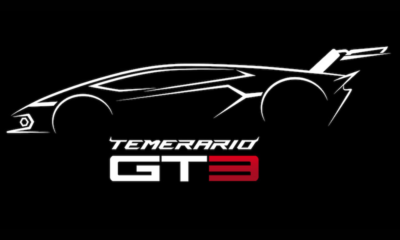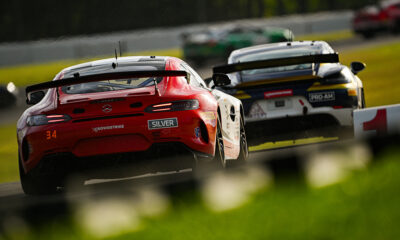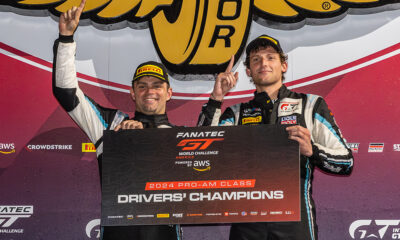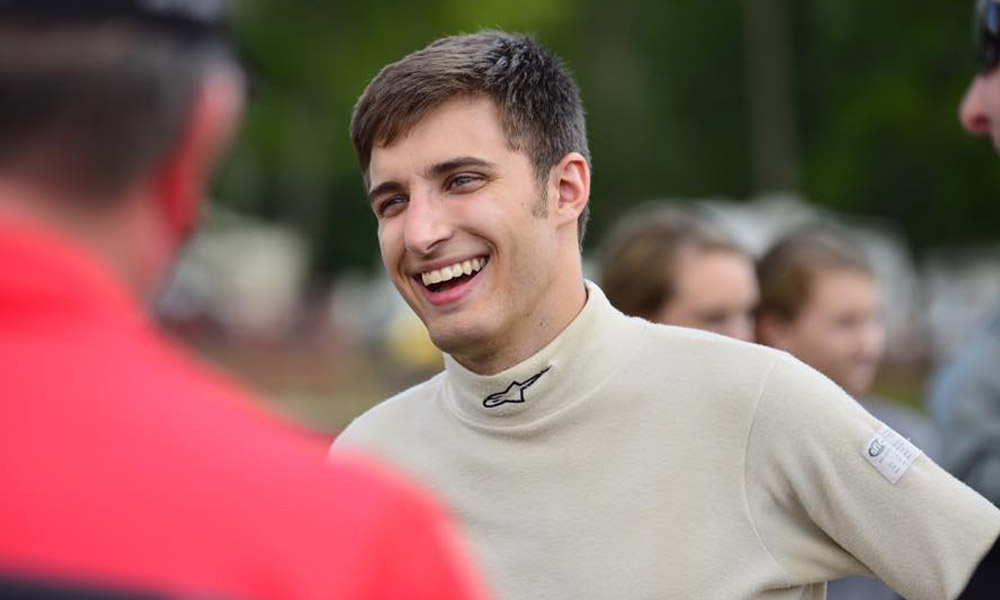
Photo: Alec Udell Racing
A graduate of the Pirelli World Challenge ladder system, Alec Udell made his debut in the GT class last year with GMG Racing.
A race winner and a champion in the lower rungs of the development system, Udell quickly graduated from the GTA class after sweeping the weekend at St. Petersburg to open the season and went on to score eight top-tens, including his first GT podium at Mid-Ohio.
The 22-year-old is an undergraduate mechanical engineering student at Clemson University in addition to a full time racing driver, and is the subject of this week’s Pirelli Paddock Pass.
Did your first season in PWC GT meet your expectations?
“It really did. I set a couple of goals: to get bumped up to GT, and we had great success in St. Petersburg in GTA and we did that, which was awesome.
“Then the next goal was to get a top five and we did that in the first SprintX race with Preston Calvert in Pro-Am.
“The next two goals were to get on a podium and wanted to have that win. We made the podium at Mid-Ohio, which is one of my favorite tracks.
“It’s one of those tracks where I know it really well, I have had great races there in the past, and that was the next box that I ticked off.
“The final one that I didn’t quite make was a race win, but you’ve got to have a reach goal and that was a bit of a reach goal for me.”
How beneficial was your time spent on the PWC ladder before arriving in GT?
“It’s been great. I’m one of the few guys, and Michael Cooper is another great example, that’s made it through the ladder system up to the top ranks of the sports car world in World Challenge.
“For me, it’s been awesome. I definitely learned a lot at every stage.
“I learned a lot of race craft from experienced racers in the GTS class from guys like Jack Baldwin and Jack Roush Jr. and Dean Martin, a bunch of really talented guys.
“Then I really honed my skill in a GT car in the GT Cup class. Getting to race against guys like Corey Fergus, Colin Thompson, Sloan Urry, we had some really competitive guys in the Cup Class.
“Then jumping into the [Porsche 911] GT3 R was the next step after running the Cup car, and it was a pretty easy transition.
What are the biggest differences between the Porsche 911 GT3 R and the Porsche 911 GT3 Cup that you ran in GT Cup?
“Honestly the GT3 R spoils you a little with the traction control and the ABS. It makes it so that you can be a little more aggressive on the inputs which is something that I enjoy.
“It’s like going back to the shifter kart days for me where you just go out there and run as hard as you can and be aggressive in everything you do, and the competition is second to none in GT.”
What made the step to GT such a big step up in competition?
“The competition level was big. The top ten were always within three to five tenths.
“It’s crazy if you think about it, a tenth of a second is like blinking your eyes, so getting into the top ten was always a big feat, and we did that quite often.
“It definitely improved my game, and that’s what I wanted.”
What is the one thing you have learned in your mechanical engineering classes that has applied the most to your racing?
“With an engineering degree, they’re not necessarily just teaching the math and science part of it, they’re teach a mindset. They’re teaching you how to approach a problem
“If I had to narrow it down to one thing, it’s the problem solving. You learn how to take the inputs that you have going in, say if you’re setting up a car, you can change bar settings or shock settings or spring settings.
“It’s finding which of those inputs is going to yield the best output for handling. To be able to get out of the car and say: what problem are we solving right now and how are we going to solve it?
“I think that’s what I’ve taken most from the engineering curriculum.”

















